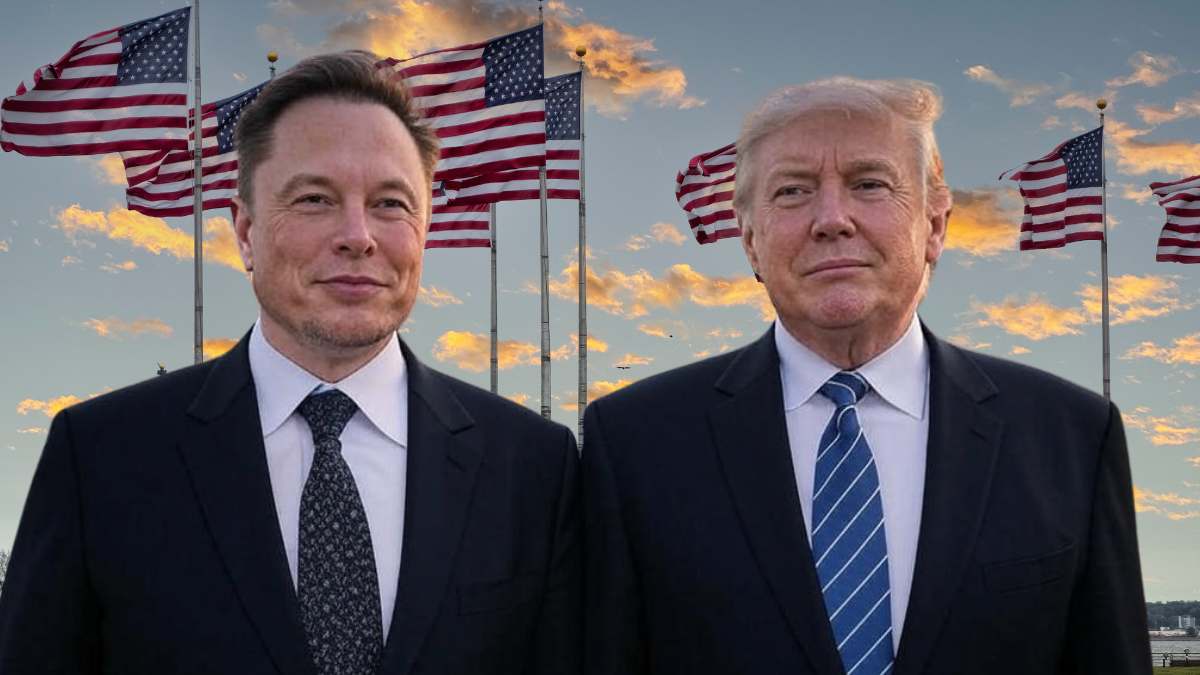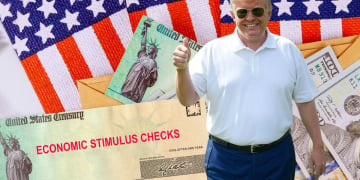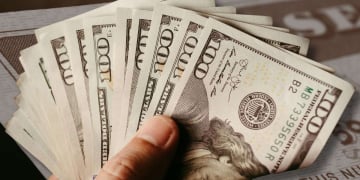We Americans are lovers of stimulus checks… and how can we not be? Every time they were approved, they generated movements and reactivation of the economy, such as when they were distributed in the first government of President Donald Trump, during the Covid-19 pandemic. Millions of households were grateful for these checks that arrived at very difficult times and that, fortunately, were maintained during Joe Biden’s government.
In recent weeks, rumors have begun to spread of possible stimulus checks that would be administered by the Department of Government Efficiency (DOGE), headed by billionaire businessman Elon Musk. This is “DOGE dividends”, an initiative by James Fishback, CEO of Azoria Partners, which suggests redistributing 20% of the savings generated by DOGE, in the form of $5,000 stimulus checks for eligible households.
What are DOGE dividends and how would these stimulus checks be financed?
DOGE originally set out to cut $2 trillion in government spending, and the plan proposes that $400 billion of those savings be returned to the 79 million households that pay net federal taxes, excluding many low-income Americans who pay no federal taxes. However, recent projections have reduced the expected savings, raising questions about the viability of the plan.
Musk expressed interest in the proposal, and responded to Fishback through his social network X that he was going to discuss it with President Trump. However, there have been no additional statements from Musk since then, and his last relevant update was in April 2025, when he adjusted DOGE savings projections to $150 billion for the next fiscal year, which could affect the size of the potential checks.
Who would qualify to receive DOGE dividend check: Salaries cutoffs
According to recent studies, lower and moderate income households tend to collect more tax credits than they pay in federal taxes, as noted by the Tax Foundation: a study by this organization says that the lowest 50% of earners in the US pay approximately 3% of the total income taxes that are collected by the Internal Revenue Service (IRS).
On the other hand, an analysis by the Pew Research Center concluded that taxpayers who earn less than $40,000 generally recover more in tax credits than they pay in taxes, leaving money in their favor with respect to the American tax system.
In other words, with all these numbers, it is possible that the households in these tax tracts mentioned do not participate in the distribution of the DOGE dividends, since it is a redistribution of the surpluses saved to the federal government by the DOGE, and as a tax refund, it would exclude households with less income.
Fishback has tried to reassure Americans by vehemently emphasizing that the issuance of DOGE dividends would not generate inflation, because it would not be financed with monetary emission (as was the case with the stimulus checks in the pandemic) but rather they are financed with the savings that Musk achieves with his plan in the DOGE.
Joseph Camberato, CEO of National Business Capital, disagrees so much with Fishback: “We all saw what happened when the government handed out stimulus checks during COVID. The impact would be smaller this time since it’s a one-time payment rather than a continuous flow of money, but it would still add additional cash to the economy, which drives up prices.”




